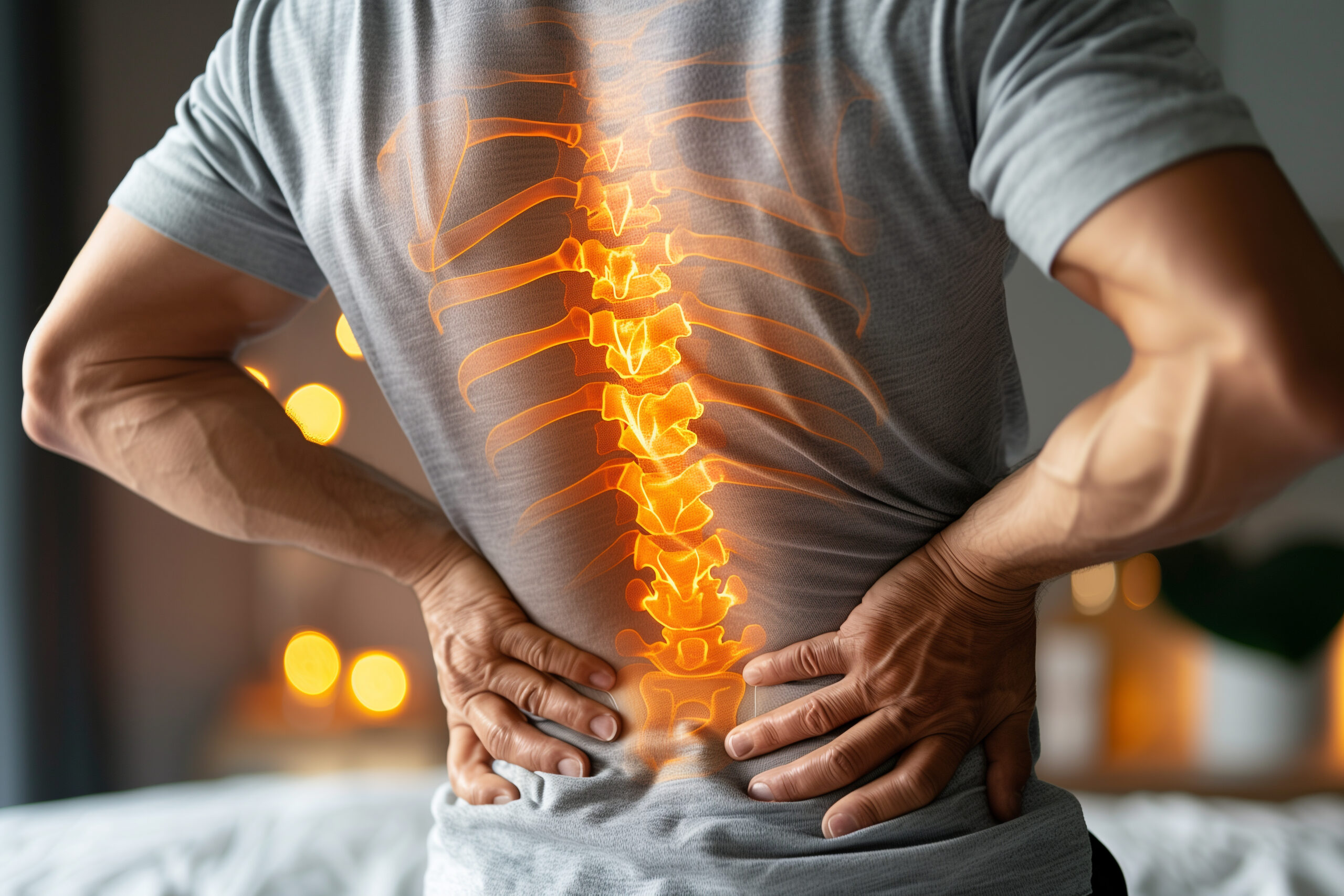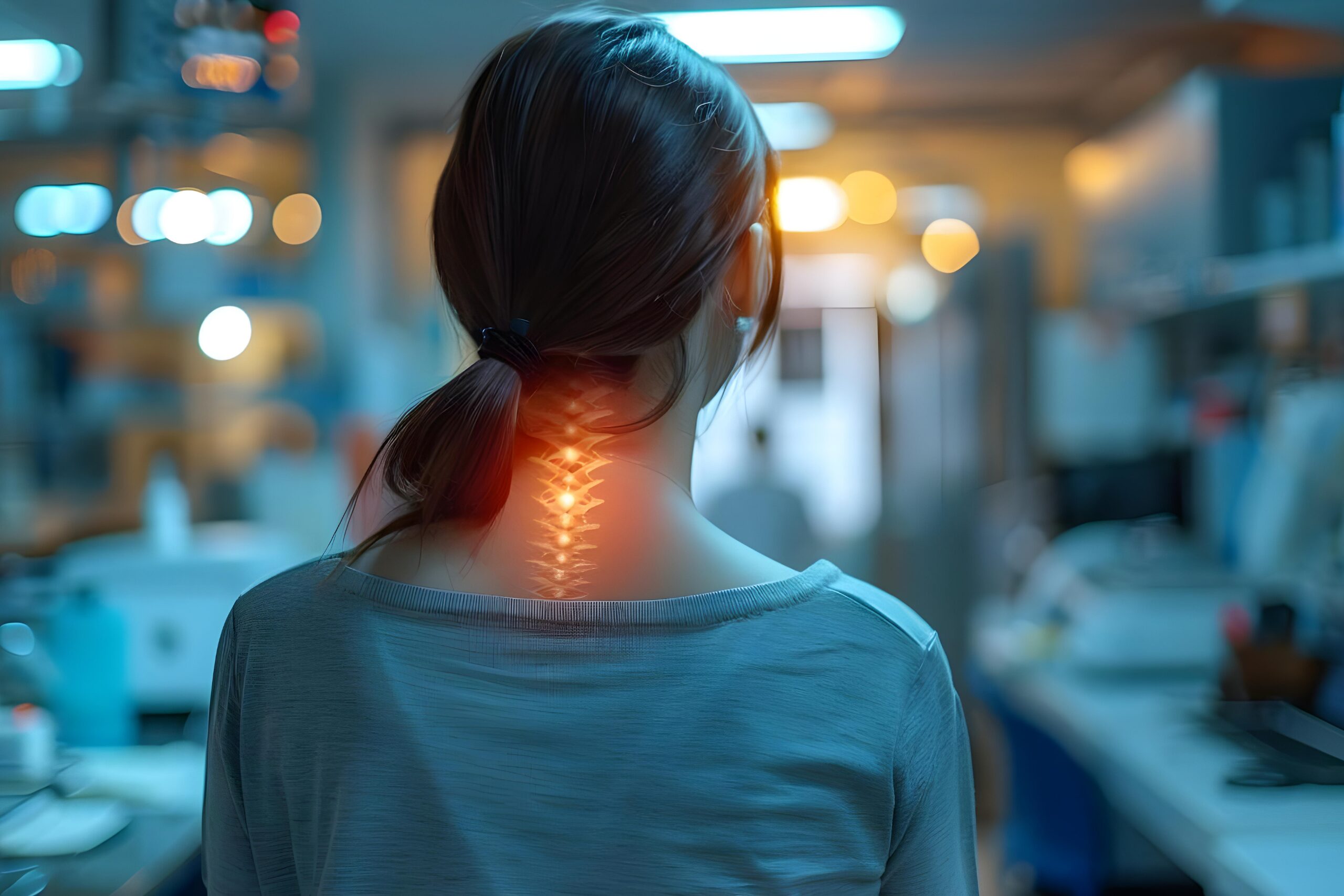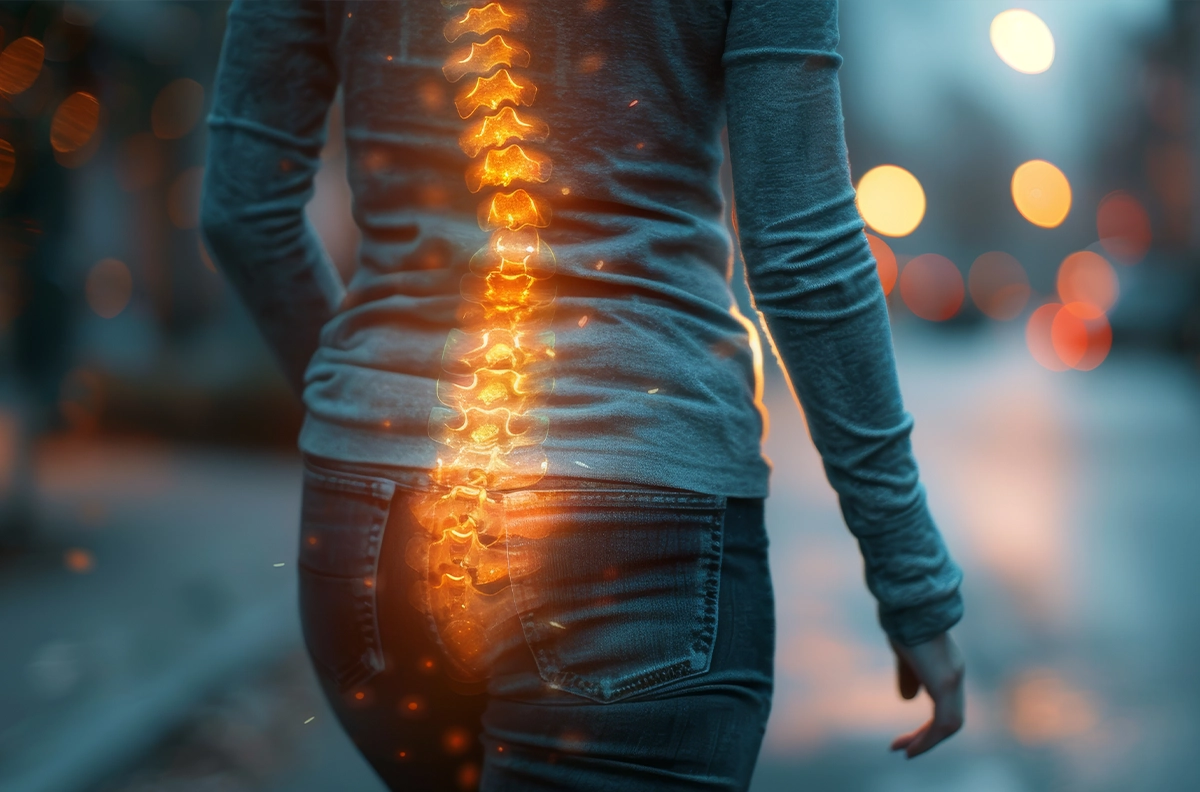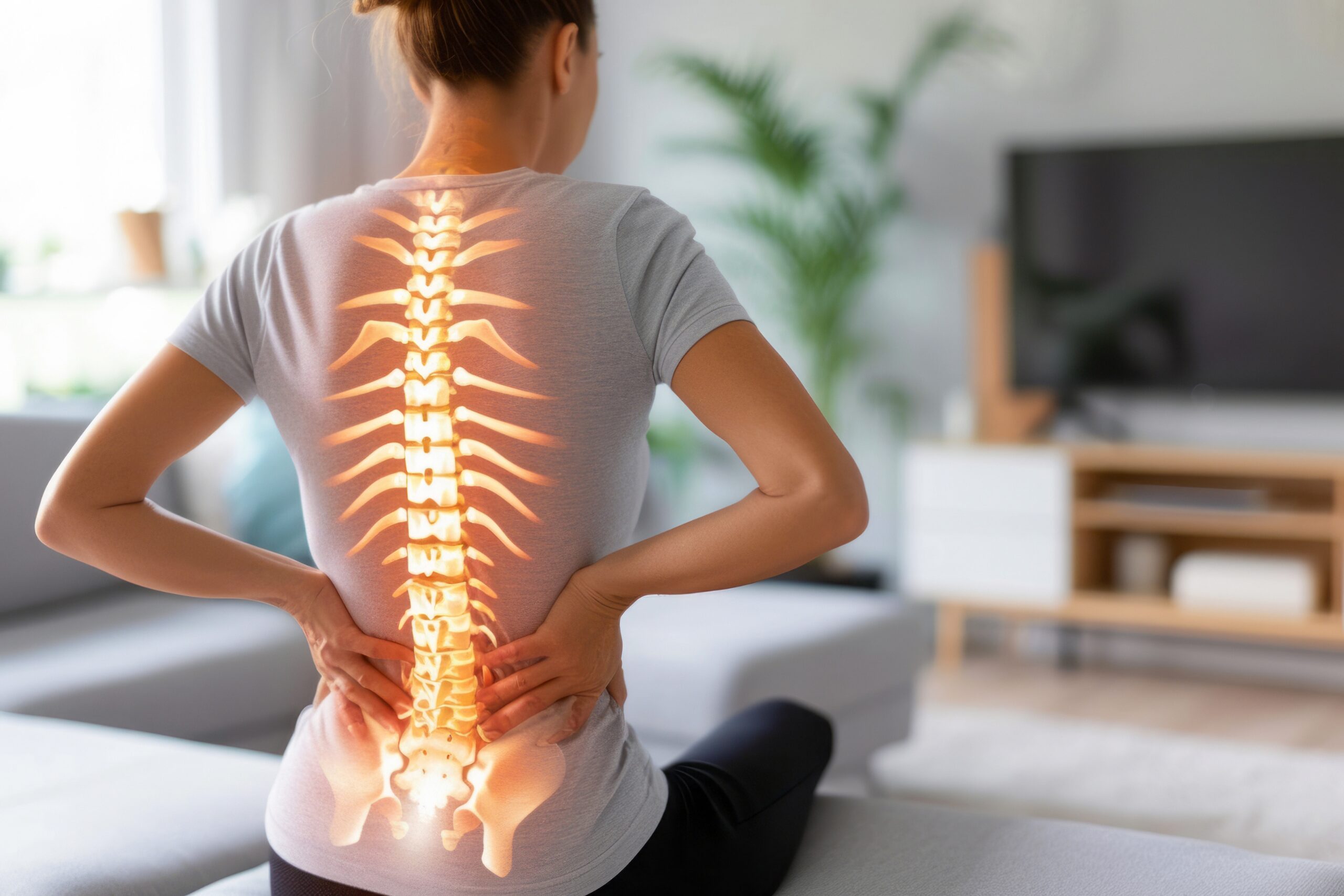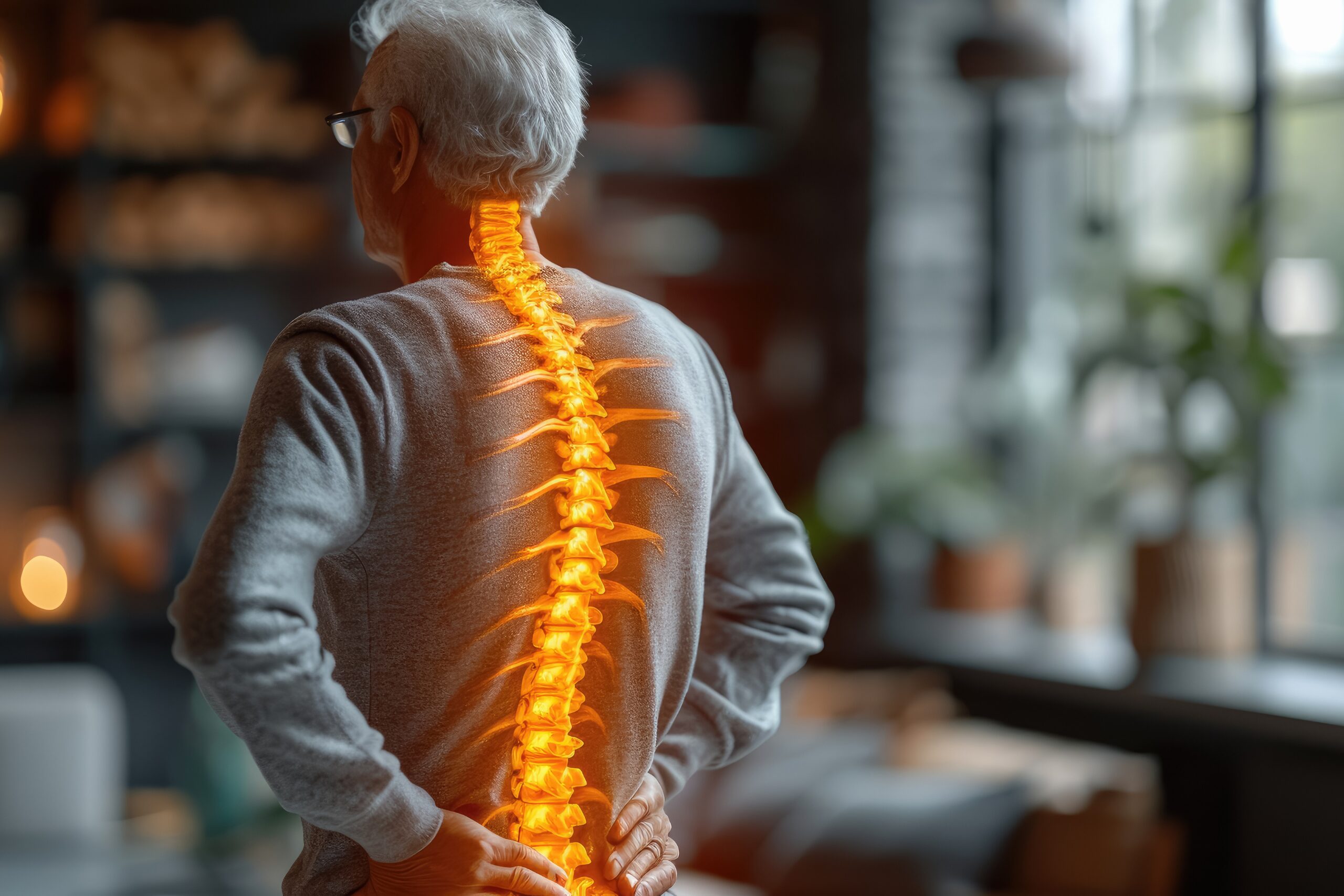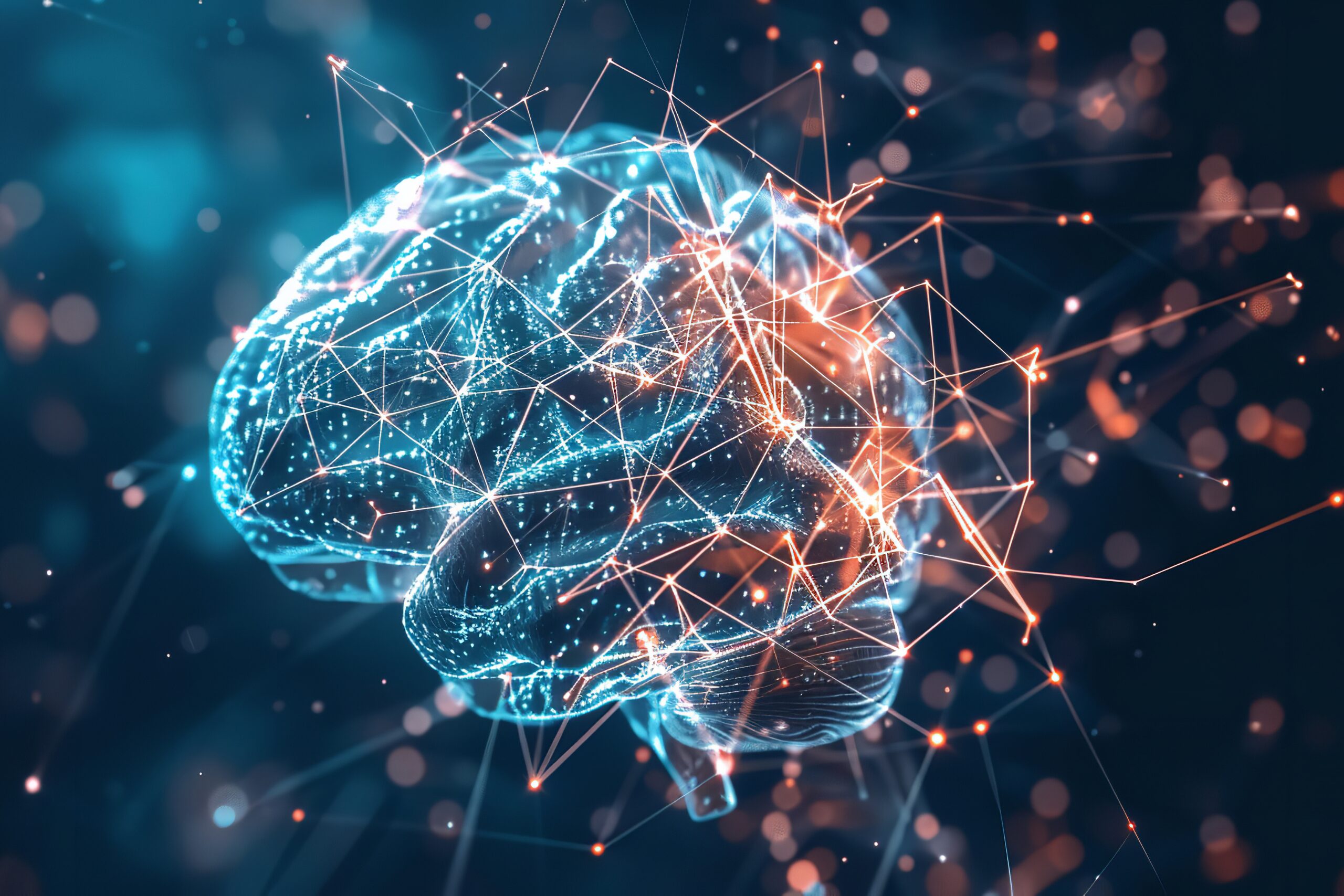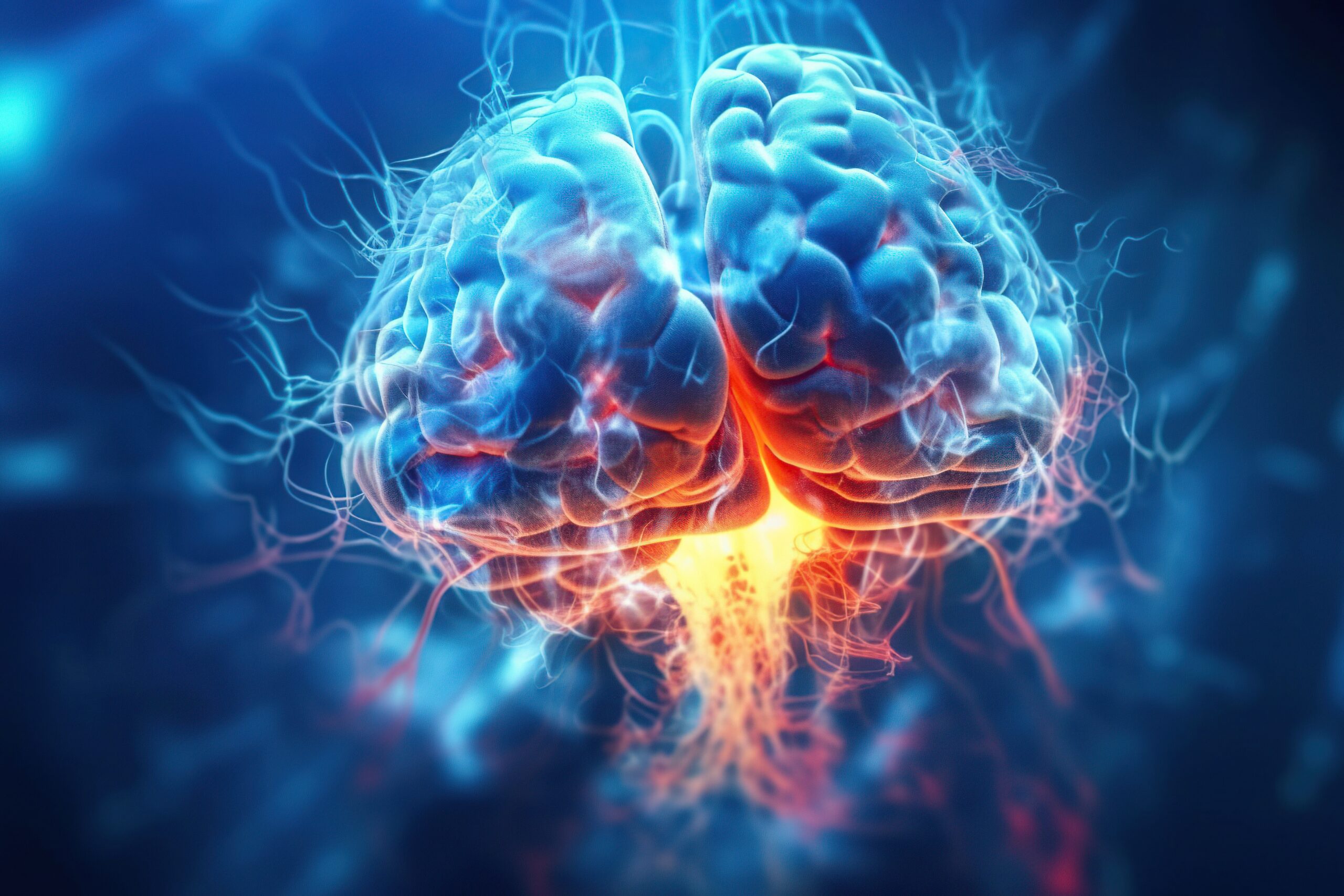Op. Dr. Tahsin SAYGI
Definition, Causes, Symptoms and Treatment Methods of Neck Hernia (Lumbar Disc Herniation)
Our spine is a complex structure that carries our body weight and mediates the transmission of nerve impulses from the brain to our body through the spinal cord passing through it. Thanks to these nerve impulses, our muscles contract and relax and we can move. There are discs that function as ‘shock absorbers’ between the bones we call vertebrae that make up our spine. Since these discs are ‘between’ the vertebrae, they are also called intervertebral discs. On the outside of the discs is a fibrous outer layer called annulus fibrosus. In the centre of the disc is a gel-like structure called the nucleus pulposus, which is surrounded by the annulus. When the structure of the disc deteriorates or the annulus ruptures, the nucleus pulposus moves out of the annulus and herniates. Herniation in the neck is called cervical herniated disc (cervical disc herniation). As a result of herniation, there is pressure on the spinal cord and the nerves coming from the spinal cord. Due to the pressure, a short circuit occurs in the electrical transmission of the nerve and some complaints occur in the patient due to this short circuit.
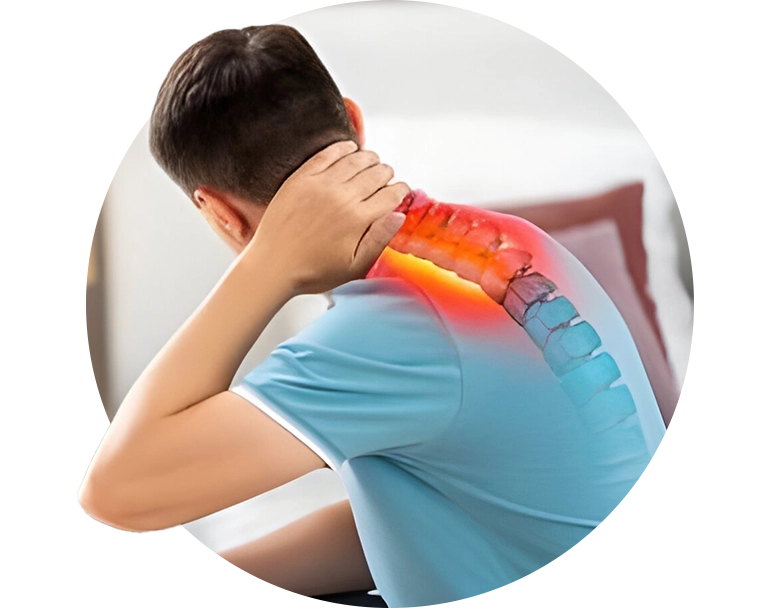
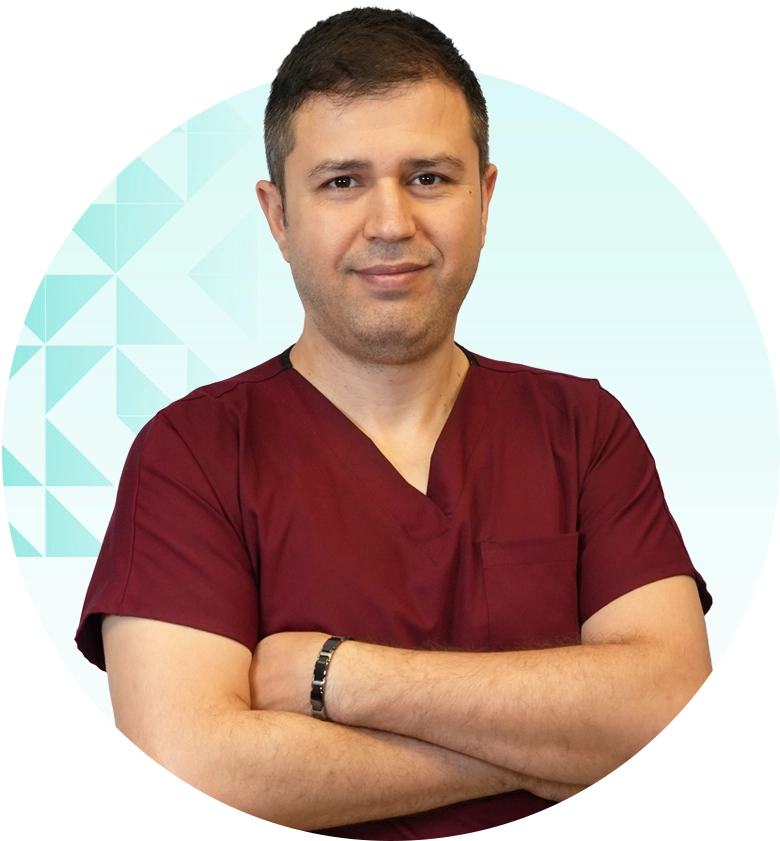
Diseases that can be confused with cervical hernia
As with most diseases, there are diseases that can be confused with cervical hernia. For example, spinal or spinal cord tumour in the neck, syringomyelia (fluid collection in the spinal cord), cerebellar prolapse, shoulder joint problems, vascular occlusion in the arm, nerve compression in the arm or hand, thoracic outlet syndrome, heart attack, rheumatic conditions, etc. can also cause pain similar to cervical hernia. All of these can usually be easily detected with a good physical and radiological examination.
Risks of Neck Hernia Surgery
- As with any surgical procedure, there are potential risks associated with cervical hernia surgery. These risks include infection, bleeding, partial or bedridden paralysis due to nerve/spinal cord damage, hoarseness, oesophageal damage and death. These risks are extremely unlikely. An experienced surgeon and modern surgical techniques significantly reduce these risks.
Recovery Process After Neck Hernia Surgery
- The recovery process after cervical hernia surgery varies individually. After surgery, patients are usually discharged on the same day or the next day. During the recovery process, doing the neck exercises recommended by the doctor regularly accelerates recovery and helps the neck area regain its former mobility. Particular attention should be paid to issues such as pain management, reducing the risk of infection and wound care in the postoperative period. Most patients can return to their normal daily activities a few weeks after the operation, but full recovery and return to the former level of activity may take several months.
When is Neck Hernia Surgery Necessary?
- Surgery is generally recommended in the treatment of cervical hernia when conservative (non-operative) treatments fail or when the patient has serious neurological problems such as severe loss of strength in the arm and hand due to nerve compression or unstable walking due to spinal cord damage. The aim of the surgery is to relieve the compressed nerve root and spinal cord to reduce pain and other symptoms.
Importance of Exercises in Neck Hernia
- Exercises are of great importance for people with cervical disc herniation. Experts state that simple exercises that can be done at home can alleviate the symptoms of cervical herniated disc. However, these exercises should be planned under the guidance of a neurosurgeon and physiotherapist in accordance with the condition of the person.
Lifestyle Changes for Cervical Hernia
- Lifestyle changes are of great importance for the prevention and management of cervical herniated discs. These include proper posture, ergonomic workstation arrangements and being careful in daily activities, regular exercise and activities such as swimming can help prevent cervical herniated discs and manage existing symptoms. It is important to adopt a healthy posture, a lifestyle that supports the natural curves of the spine and reduces pressure. In addition, it is necessary to avoid all harmful substances entering the body (smoking, alcohol, drugs, detergents, bleach, cosmetics, etc.). It is also very important to eat a carbohydrate-poor diet, to avoid ready-made and packaged foods and to consume at least 2-2.5 litres of water.
Neck Hernia Surgery Prices
Prices for cervical hernia surgery may vary depending on the treatment method, the location of the hospital and the experience of the doctor. Patients are advised to contact the relevant health institutions to get detailed information about the cost and to evaluate the health insurance coverage.
Cervical herniated disc is one of the challenges of modern life, but it is possible to overcome this condition with advanced medical techniques and the right treatment approaches. If you are experiencing symptoms of cervical herniated disc, it is important to consult a healthcare professional for early diagnosis and appropriate treatment plan. Remember, health is your most valuable asset and it is important to be proactive to protect it. With a good treatment plan and regular follow-up, it is possible to overcome the problems caused by cervical hernia.

